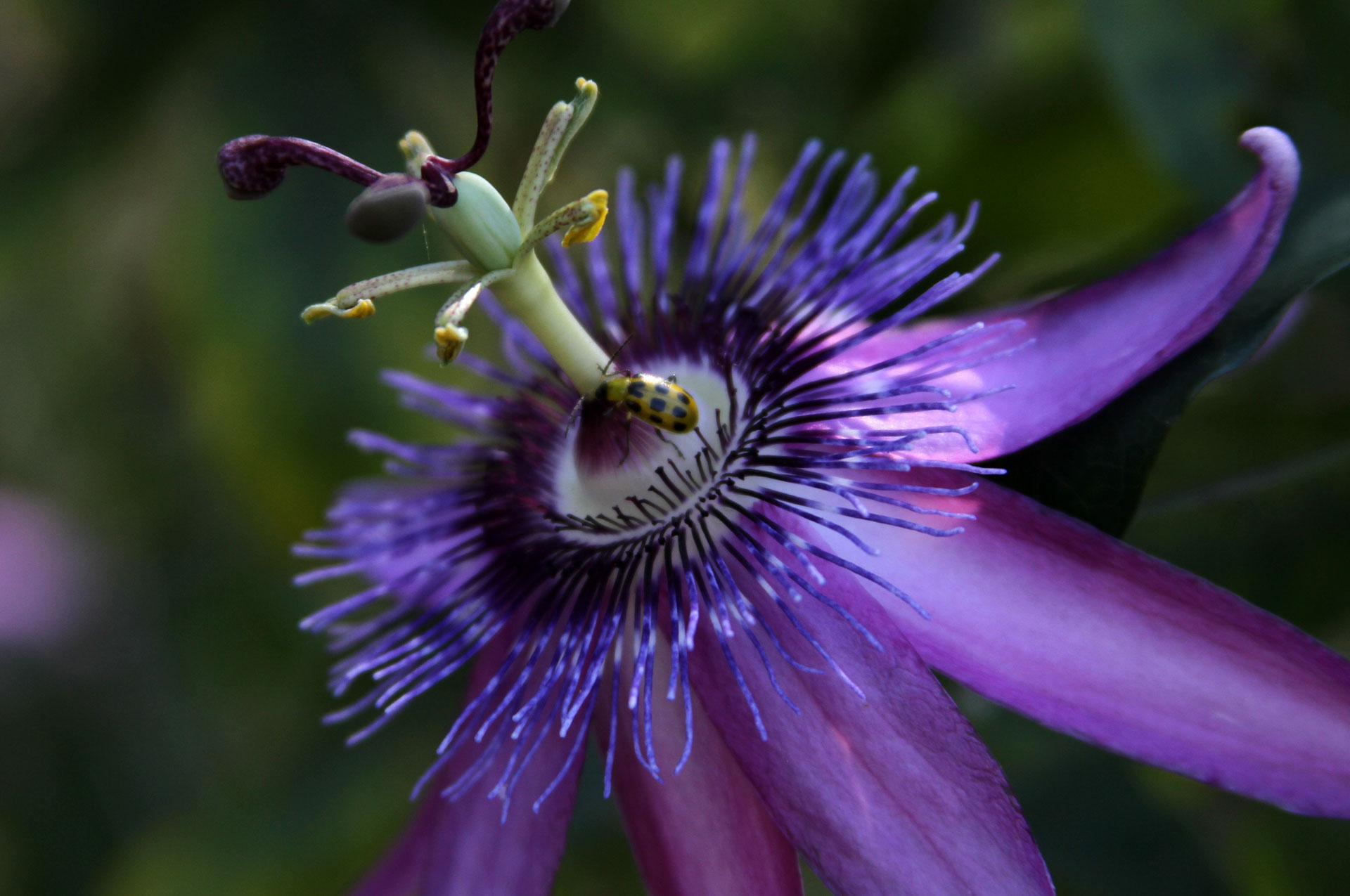Exploring the Natural Beauty: How Many Flowers Are in the World?
The world we inhabit is adorned with an astonishing array of flora, each with its unique charm and significance. Among these, flowers stand out as nature's delicate masterpieces. In this article, we embark on a captivating journey to uncover the enchanting realm of flowers and seek to answer the intriguing question: How many flowers are in the world?
I. The Diversity of Flowers:
Flowers come in an astonishing variety of shapes, sizes, colors, and fragrances. From the towering sunflowers of the prairies to the delicate orchids hidden in rainforests, the world is a canvas painted with floral diversity. Botanists estimate that there are over 369,000 known species of flowering plants, with countless more yet to be discovered.
II. The Role of Flowers in Ecosystems:
Beyond their aesthetic appeal, flowers play a crucial role in ecosystems worldwide. They serve as reproductive structures for plants, facilitating pollination by attracting insects, birds, and even mammals.

Flower attracting insects
This intricate relationship between flowers and pollinators sustains the balance of many ecosystems and ensures the continuation of numerous plant species.
III. The Wonders of Floral Adaptations:
Flowers exhibit remarkable adaptations that enable them to thrive in various environments. From the arid deserts to freezing tundras, flowers have evolved to survive and reproduce. Some have developed vibrant colors and enticing scents to attract pollinators, while others have adopted unique shapes to accommodate specific pollinator species.
IV. Estimating the Total Number of Flowers:
The exact number of flowers on Earth is a challenging figure to determine due to the vastness of our planet's landscapes and the constant discovery of new species.

Cosmos Flowers
However, scientists estimate that the total number of individual flowers likely reaches into the trillions. This estimation takes into account the vast variety of flowering plants across ecosystems, from forests and grasslands to wetlands and coastal regions.
V. The Role of Human Impact:
Human activities have a profound impact on the number and distribution of flowers globally. Deforestation, habitat loss, and climate change pose significant threats to many flower species, pushing some to the brink of extinction. Conservation efforts and initiatives to protect natural habitats are crucial to preserving the rich tapestry of flowers that adorn our planet.
VI. Exploring Remote Floral Hotspots:
Certain regions of the world stand out as floral hotspots due to their high concentration of unique and rare flower species. The tropical rainforests of the Amazon, the biodiversity-rich African savannas, and the diverse landscapes of Southeast Asia are just a few examples. These areas not only showcase the beauty of flowers but also emphasize the importance of their preservation.

Amazon Rainforest Flower
VII. The Fascination with Floral Discoveries:
Botanists and researchers continue to make exciting discoveries as they explore remote and untouched corners of the world. New flower species are regularly identified, shedding light on the intricate web of life that spans the globe. These discoveries remind us of the vastness of Earth's biodiversity and the need to protect and celebrate its wonders.
VIII. Conclusion:
In our quest to answer the question of how many flowers exist in the world, we uncover not just a numerical estimate, but a profound appreciation for the natural world's beauty and complexity. Flowers, with their vibrant hues and intricate designs, remind us of the interconnectedness of all life on Earth. Preserving their habitats and understanding their significance is not only a scientific endeavor but also a testament to our respect for the planet we call home.